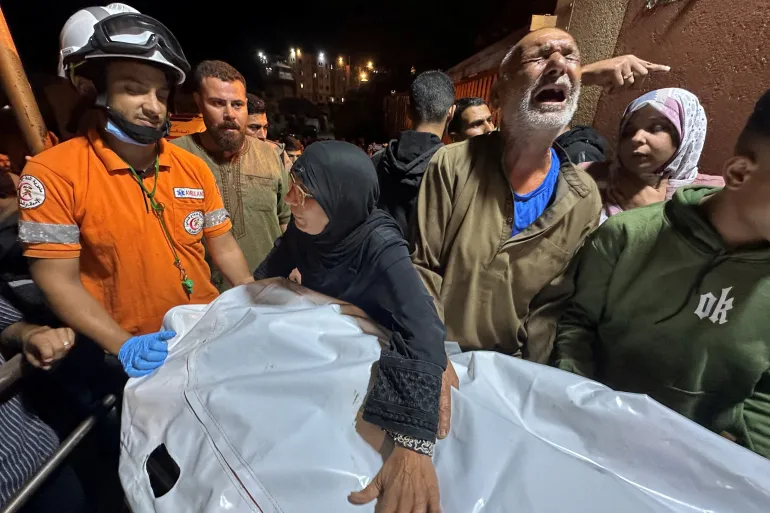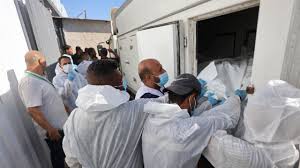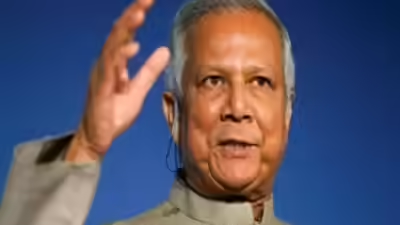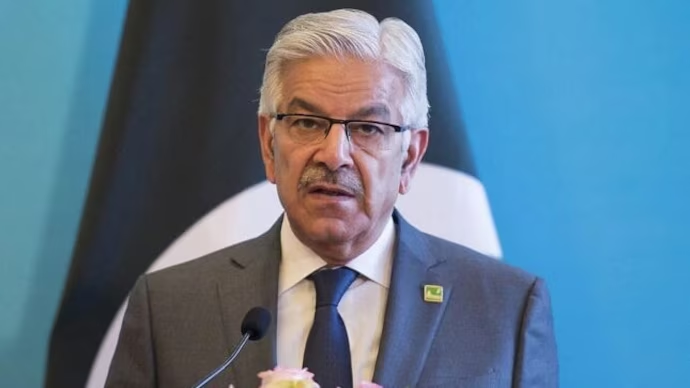
Hamas handed over the remains of two deceased Israeli captives via the International Committee of the Red Cross, just after a series of deadly Israeli strikes rocked the Gaza Strip and put a fragile ceasefire at risk. The bodies were accepted by Israel and transferred for identification, but the broader pause in hostilities appears increasingly unstable amid continued violence.
Handover Details and Conditions
According to the Israeli Prime Minister’s Office, the two bodies were received via the Red Cross in Gaza and moved into Israel for forensic identification. The handover is part of a broader deal under which Hamas committed to return the remains of all 28 captives in exchange for Palestinian bodies and the winding down of large-scale Israeli operations. So far, Hamas has turned over 15 sets of remains.
But the circumstances remain fraught. Israeli military strikes between Tuesday and Wednesday killed at least 104 Palestinians, according to Gaza’s Health Ministry, including 46 children and 20 women. The attacks marked a major breach of the ceasefire, which had been in place since October 10.
READ ALSO: Trump Sets Historic Low Refugee Cap of 7,500, Prioritises White South Africans
Hamas said it is facing logistical and operational challenges retrieving bodies from areas devastated by bombing and rubble and has called for heavy equipment to assist recovery efforts. Israel, meanwhile, accuses Hamas of deliberately delaying the return of captive remains to gain leverage in ongoing negotiations.

Implications for the Ceasefire and Future of Gaza
The handover of the two bodies may provide a temporary gesture of compliance, but the underlying ceasefire arrangement brokered by U.S. mediation is under serious strain. Both sides continue to accuse each other of violating their commitments , Hamas for failing to return bodies quickly and Israel for resuming offensive strikes despite the agreement.
The broader tasks ahead remain daunting. The ceasefire deal envisions not just prisoner and body exchanges, but also a reshaped governance structure for Gaza and the disarmament of Hamas’s military capabilities. With Israeli forces still active inside Gaza, large swaths of the enclave remain dangerous and inaccessible. Observers warn that without a stable mechanism for exchanges and a genuine pullback of hostilities, the truce may not hold.
For many Gazans, the latest strikes have reinforced fears that displacement and insecurity will again escalate. One displaced resident in Khan Younis said that people remain terrified of another round of fighting, unsure of where to find safety as homes and infrastructure continue to be destroyed.




